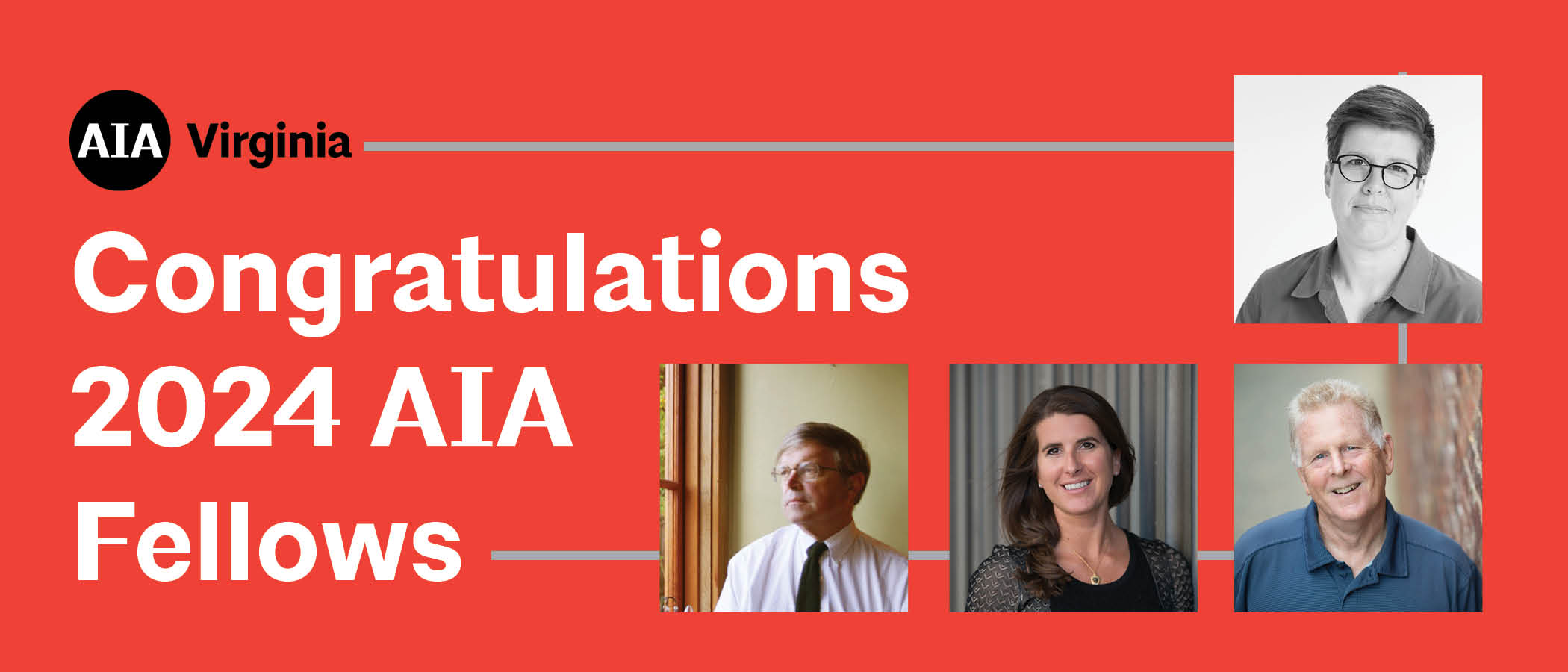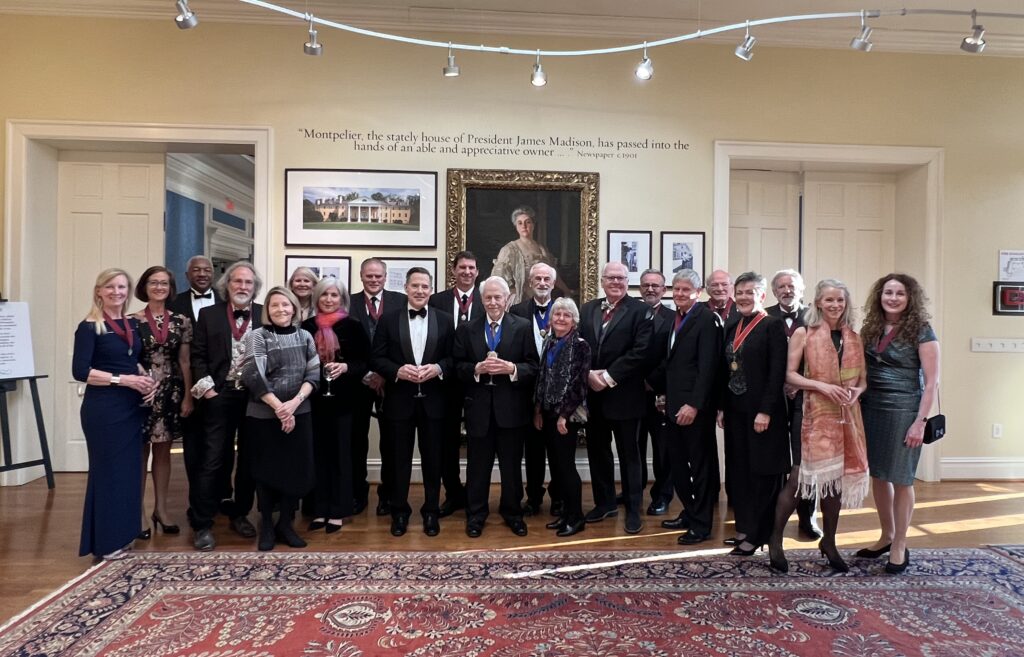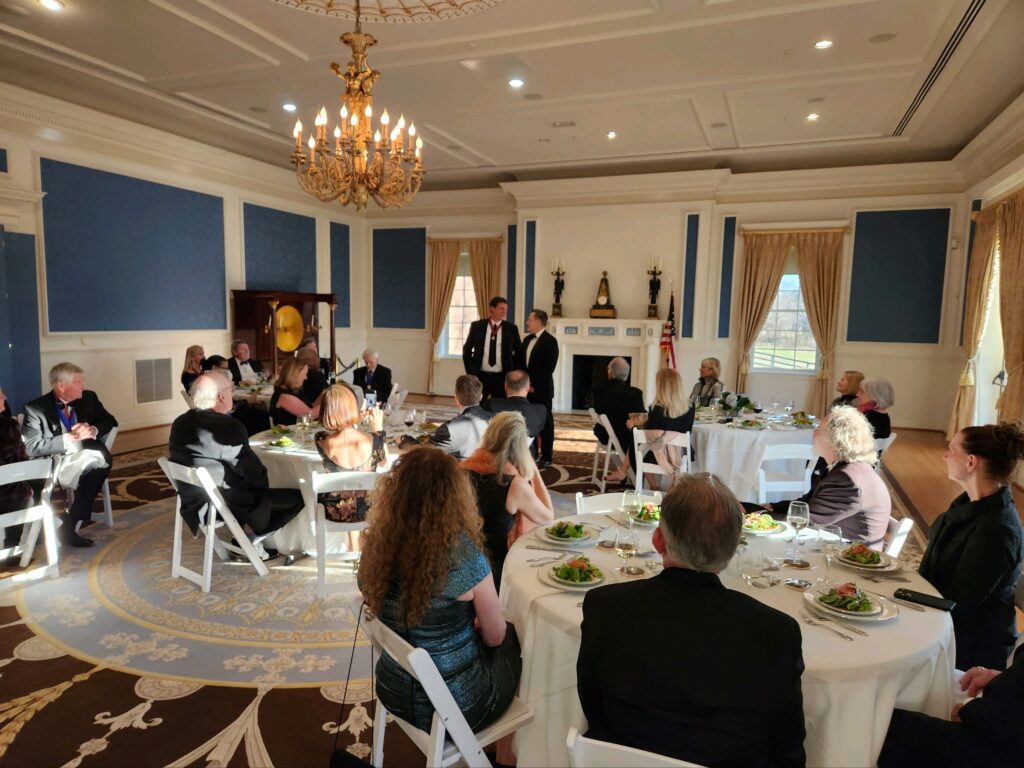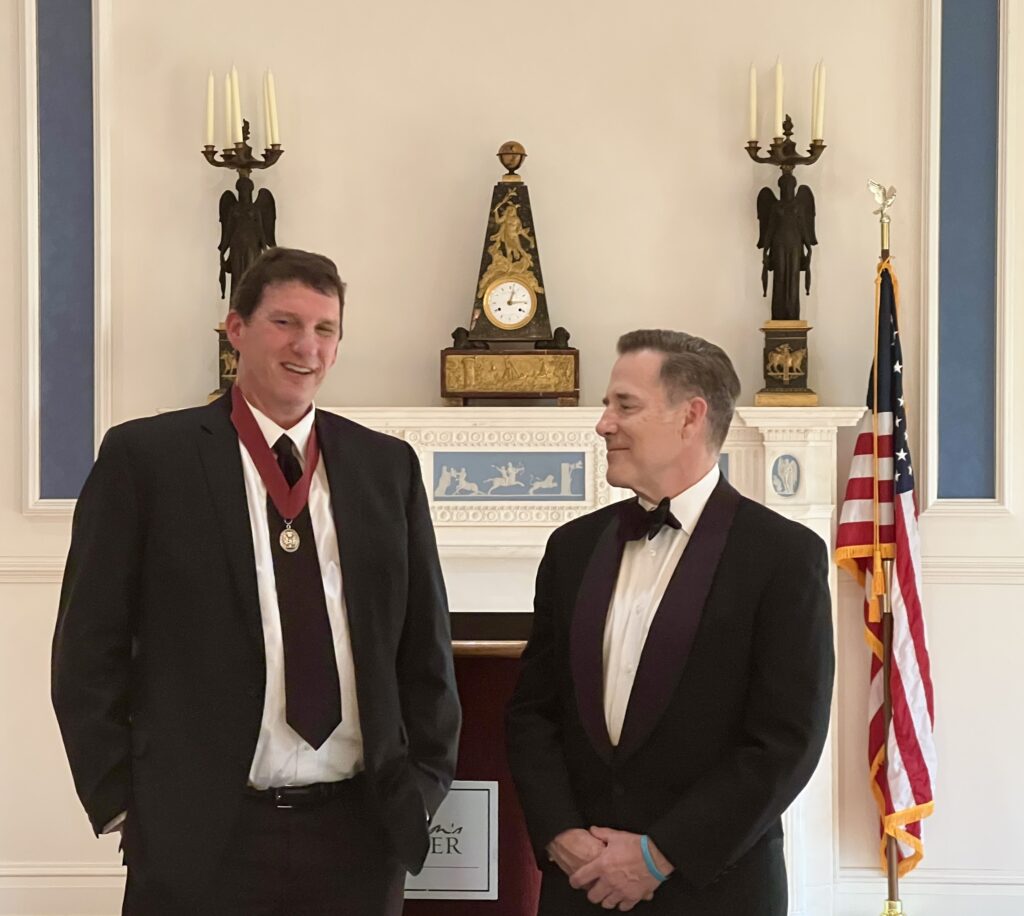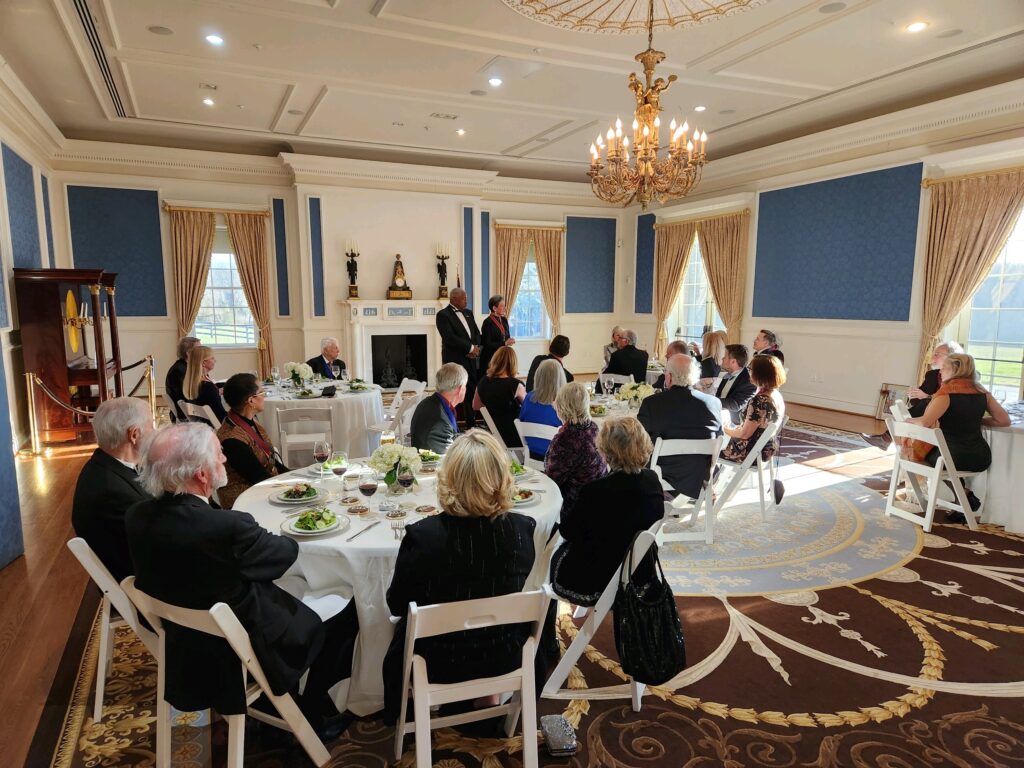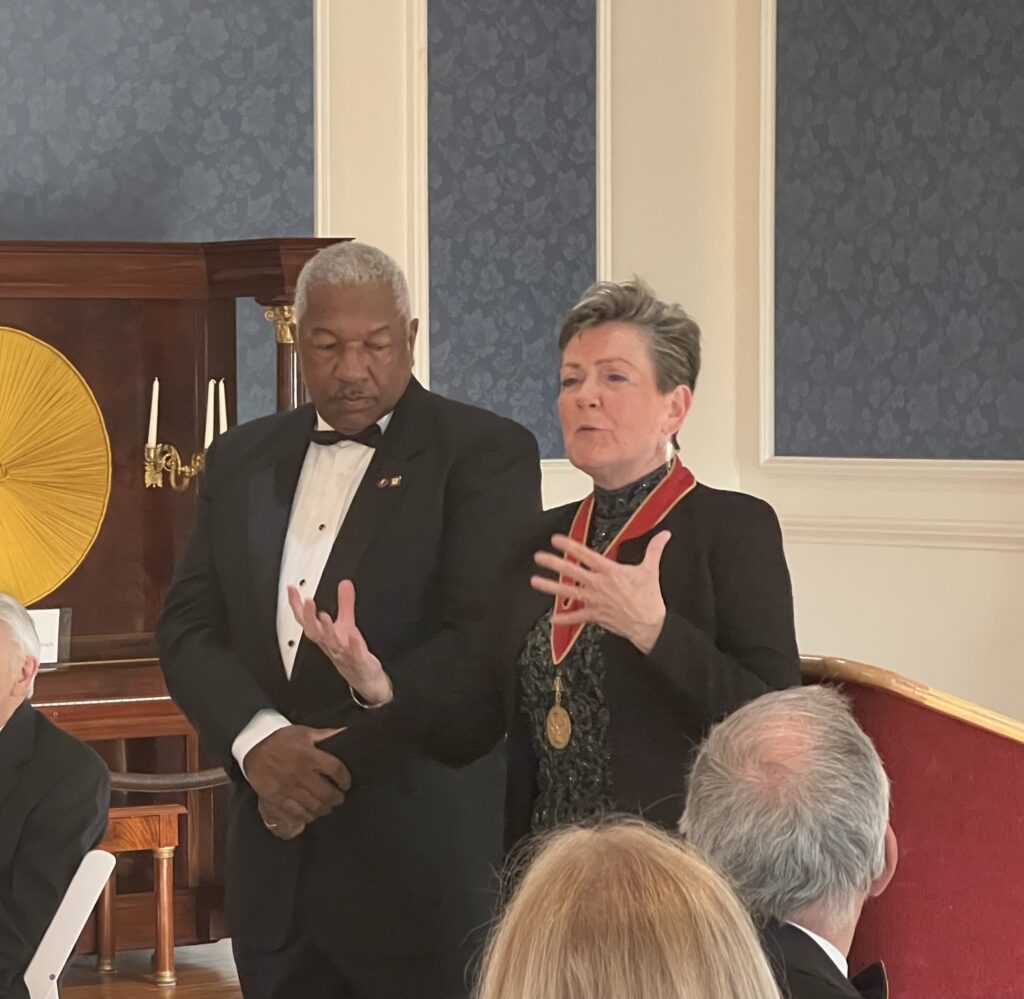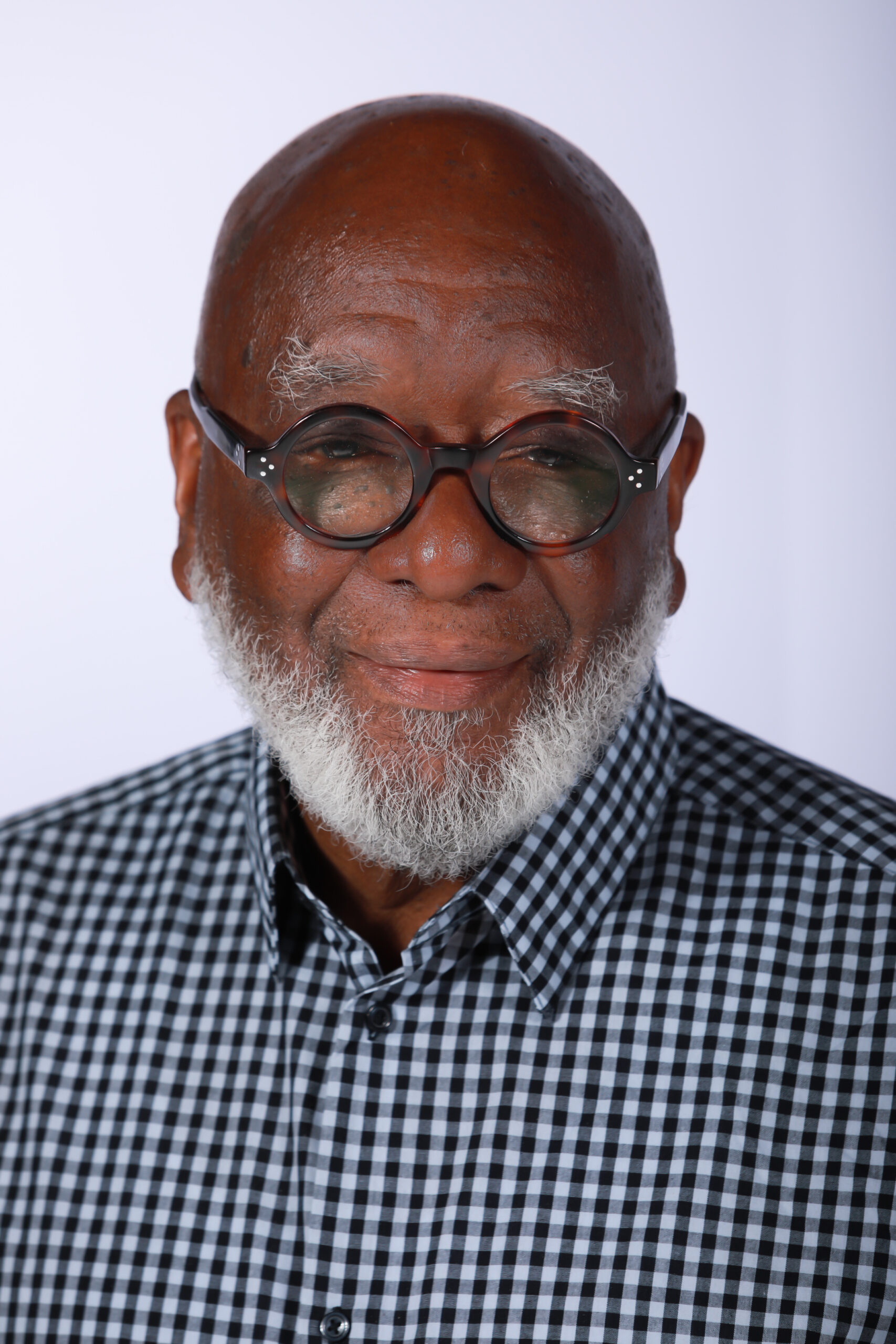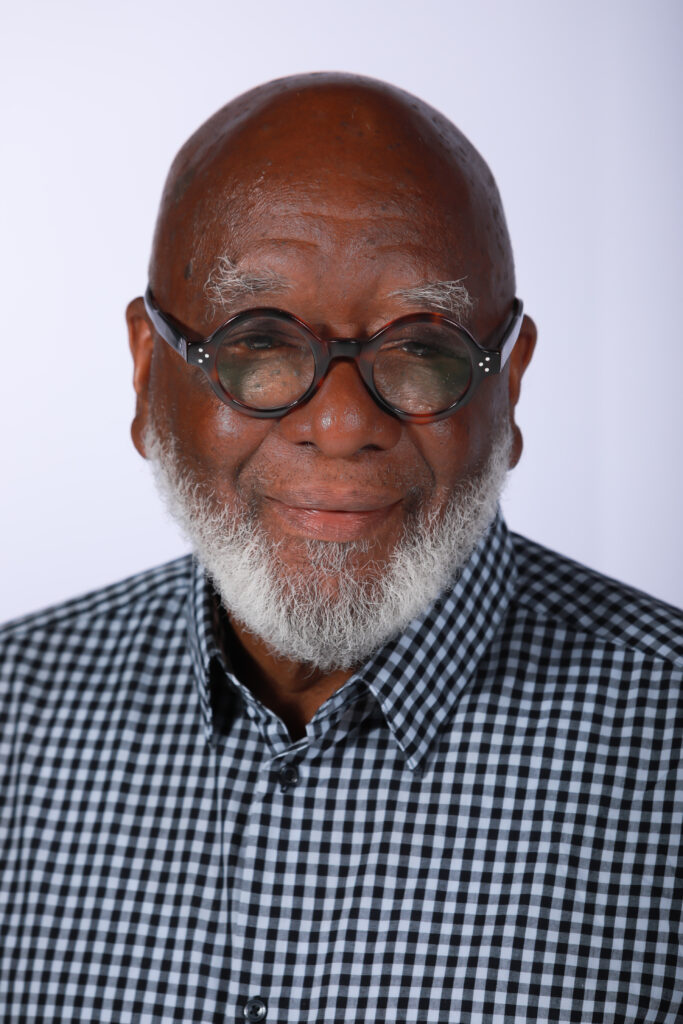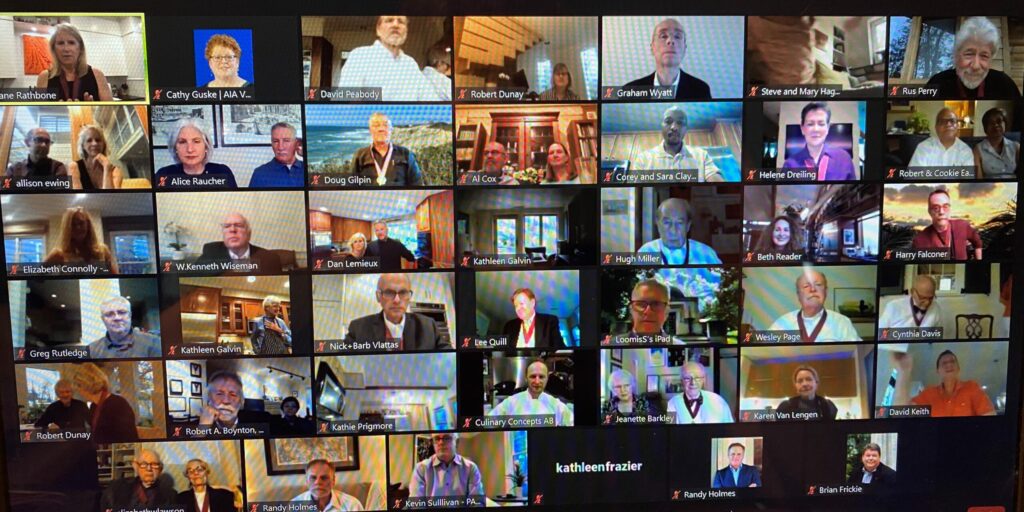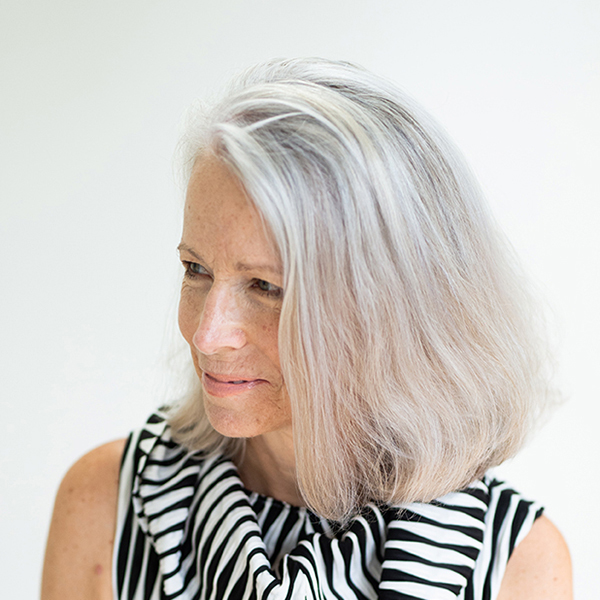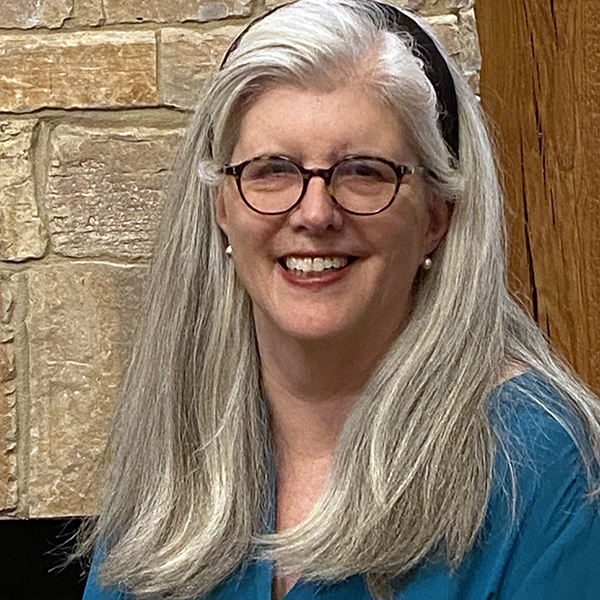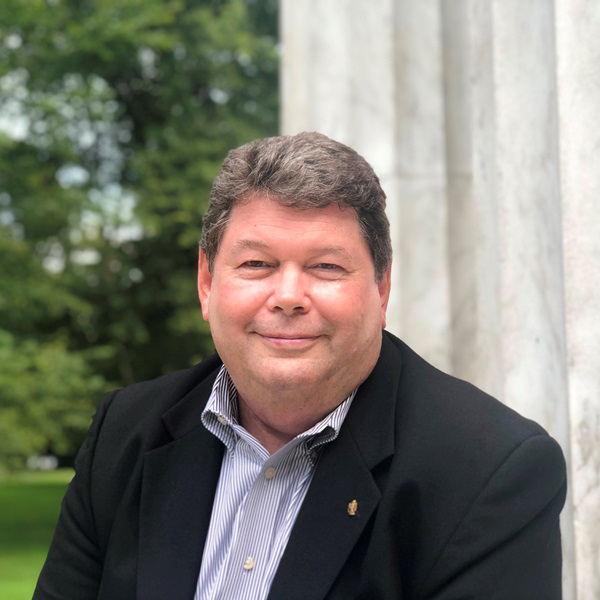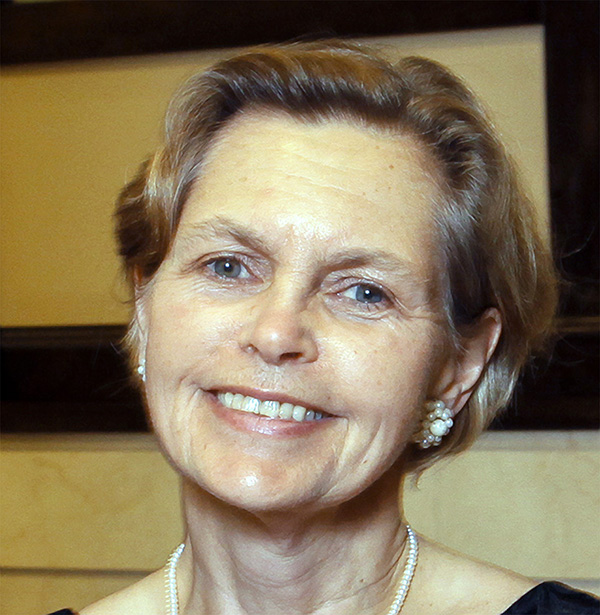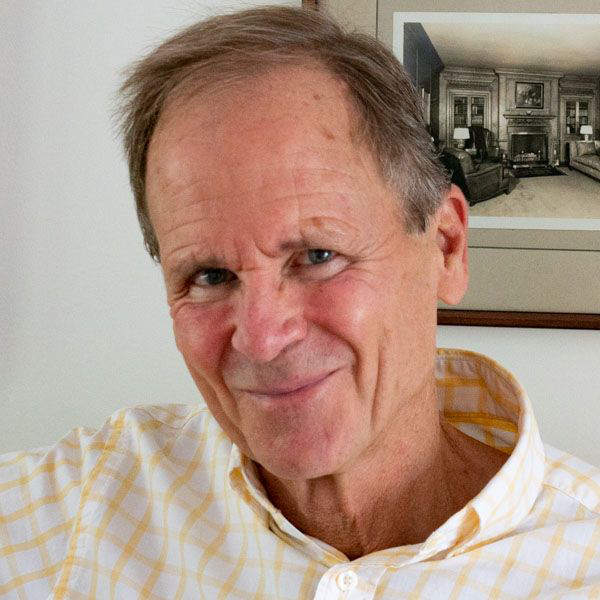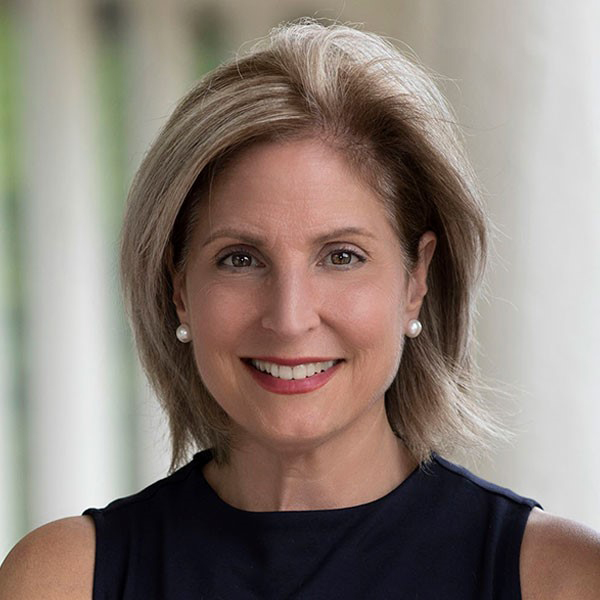The American Institute of Architects (AIA) is elevating a record eight AIA members from AIA Virginia to its prestigious College of Fellows, AIA’s highest membership honor, for their exceptional work and contributions to architecture and society. Less than 3% of the architecture profession achieve AIA Fellowship.
The newly elevated members are:
Allison Ewing, FAIA (Central Virginia)
Kathleen O. Frazier, FAIA (Central Virginia)
Brian J. Frickie, FAIA (Northern Virginia)
Kathleen M. Galvin, FAIA (Central Virginia)
David A. Keith, FAIA (Hampton Roads)
Daniel J. Lemieux, FAIA (Nothern Virginia)
David H. Peabody, FAIA (Northern Virginia)
Alice J. Raucher, FAIA (Central Virginia)
Allison Ewing, FAIA, is the founder/partner at Hays+Ewing Design Studio in Charlottesville.
As architect and leader, Allison Ewing advances sustainability through design, implementation and advocacy – both within and beyond the architectural profession – by modeling change in the building industry with solutions both visionary and practicable.
Kathleen O. Frazier, FAIA, is co-founder of Frazier Associates in Staunton.
Kathleen Frazier has revitalized the historic heart of communities in Virginia and nationwide for the past forty years, transforming attitudes toward the built heritage through her dedication to historic preservation, economic revitalization, and community engagement.
Brian J. Frickie, FAIA, is principal at Kerns Group Architects in Falls Church.
Brian Frickie delivers aspirational, enduring, and inspirational leadership across the AIA at all levels. His visionary activism and collaborative, participatory style uphold the profession’s stature, elevate the organization’s relevance, and empower individual architects as leaders.
Kathleen M. Galvin, FAIA, is the owner of Galvin Architects in Charlottesville.
Kathleen M. Galvin synthesizes her work as an architect, citizen and elected official, to create just, healthy places; build sustainable, connected communities; and end poverty, while inspiring young architects to answer the call to serve.
David A. Keith, FAIA, is the chief executive officer and design principal at Hanbury in Norfolk.
David Keith champions a model of practice driven by continuous talent development, creating a thriving culture of design excellence and transforming the firms that he leads and the communities and campuses in which he works.
Daniel J. Lemieux, FAIA, serves as Principal and a Director for Wiss, Janney, Elstner Associates, Inc. in Falls Church.
Daniel J. Lemieux has led the advancement of building science in architecture throughout his over 25-year career in professional practice and as a thought-leader in the development of international technical design and construction standards.
David H. Peabody, FAIA, is the owner of Peabody Architects in Alexandria.
David Peabody pioneers passive and zero-energy building in the United States. Through practice, advocacy and collaboration, he advances the design profession’s leadership in the transition to an economy built on connected, energy-positive buildings.
Alice J. Raucher, FAIA, is the architect for the University of Virginia.
As an architect, educator, and design leader of two internationally recognized university campuses, Alice Raucher consistently strives to build community through her commitment to innovative campus planning, historical relevance, and architectural design excellence.

